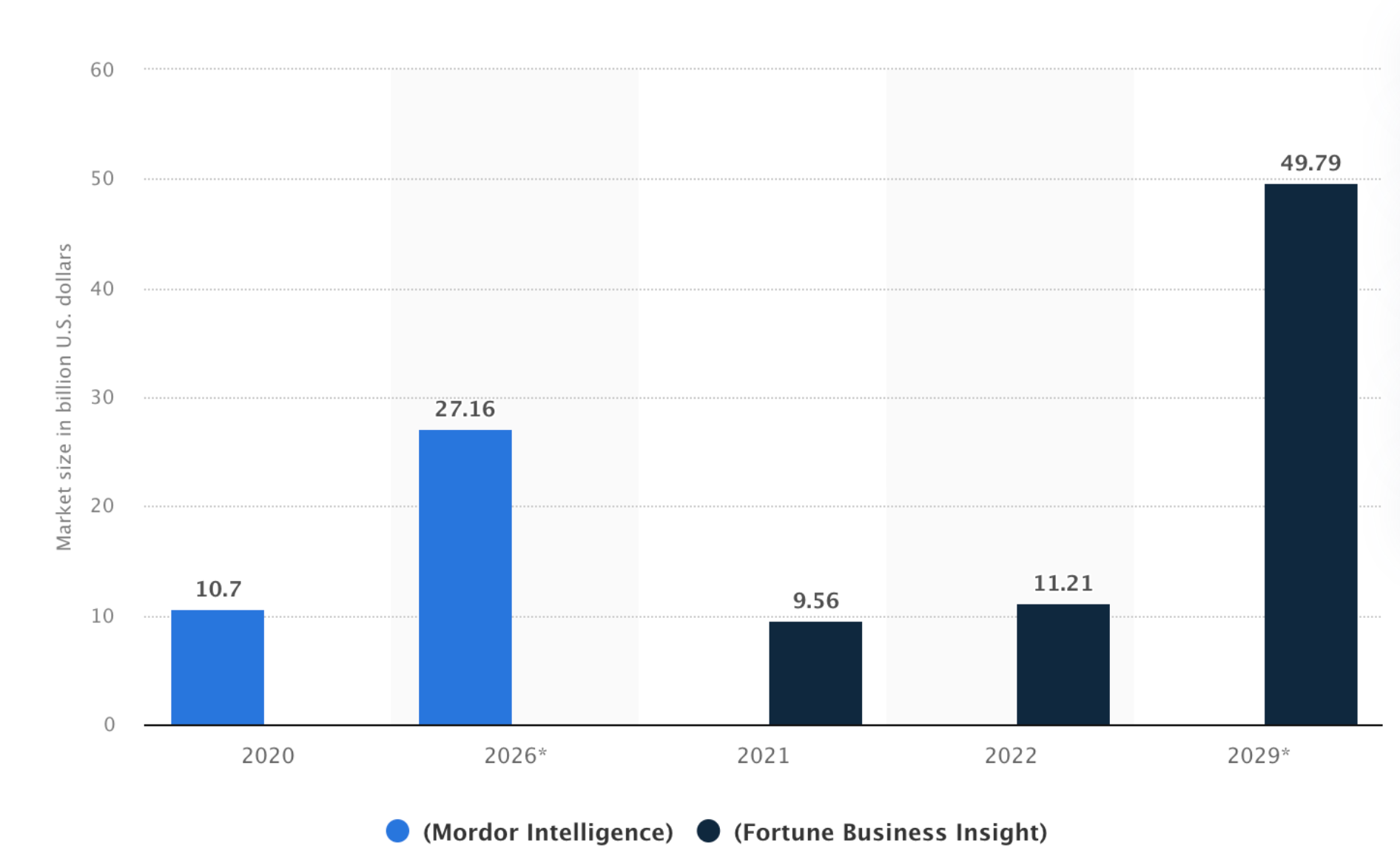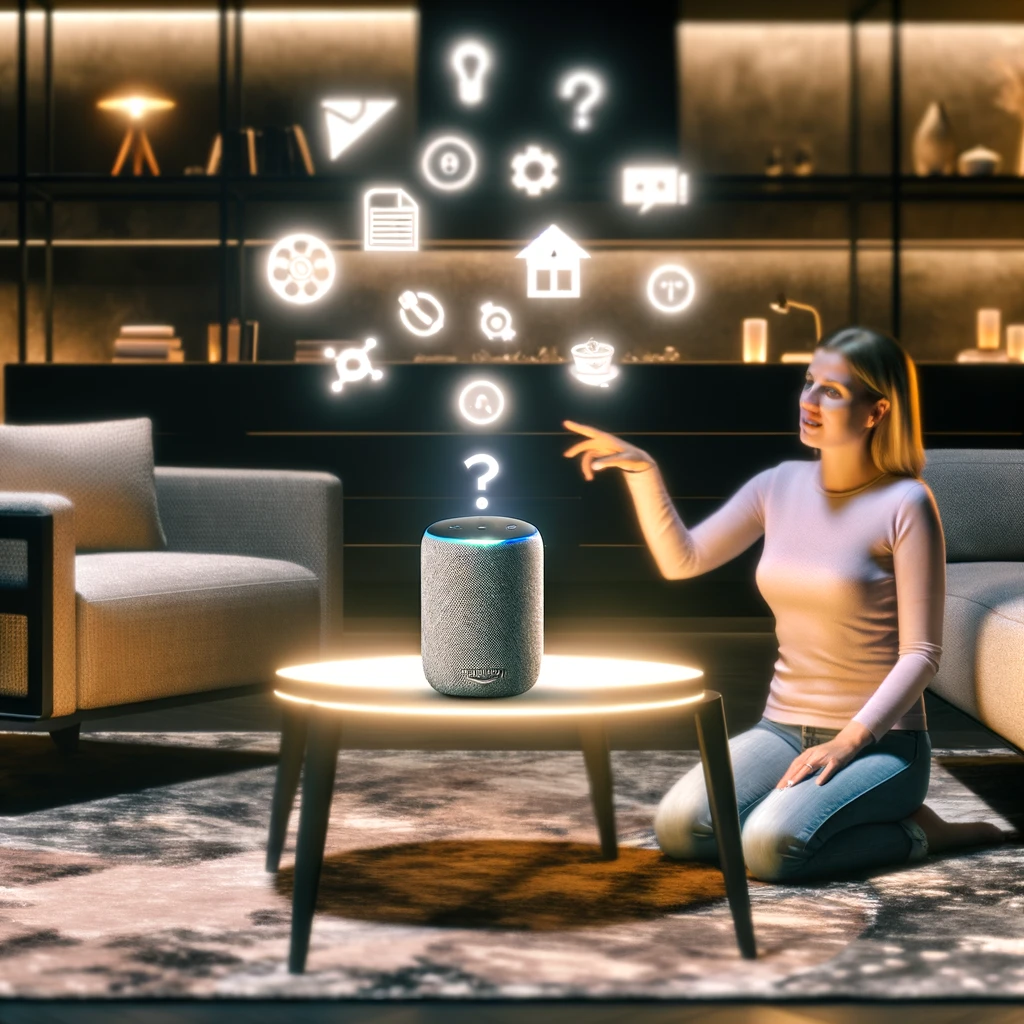Exploring the Essence of Voice-Activated Advertising

Exploring the essence of voice-activated advertising reveals a paradigm shift from traditional advertising's interruptive nature to a more engaging and inviting approach.
Unlike conventional ads that disrupt the consumer's experience, voice-activated ads serve as an interactive bridge between brands and listeners across digital voice channels, such as smart speakers, mobile streaming services, and in-car infotainment systems. These ads uniquely engage listeners by directly addressing them and prompting a verbal response, offering information, promotional codes, or exclusive content. This method stands as a testament to the dynamic nature of audio advertising, increasingly pivotal in the digital era.
Through a detailed examination of the current state of digital audio advertising in Europe—including investment levels, technological innovations, and consumer interaction—this article sheds light on the significant trends and future directions of this medium. It aims to equip marketers, advertisers, and media professionals with crucial insights into the rapidly evolving landscape of digital media, underlining the growing importance of interactive and personalized advertising experiences.
Table of contents:
1. Evolution of Advertising: From Traditional to Voice-Activated
2. Understanding Voice-Activated Technology
3. Advantages and Challenges of Voice-Activated Advertising
4. Case Studies: Successful Implementations
5. Future Trends and Innovations
6. The Impact and Potential of Voice-Activated Advertising
Evolution of Advertising: From Traditional to Voice-Activated
The evolution of advertising from traditional methods to voice-activated technology represents a paradigm shift in how brands engage with consumers. Traditionally, advertisements have served as interruptions in our daily media consumption, demanding attention without invitation. Voice-activated advertising, on the other hand, transforms this dynamic into a more interactive and inviting experience.
The inception of interactive voice advertising can be traced back to the touch-tone phone surveys, which, while primitive, laid the groundwork for the participatory nature of today's voice ads.
The real breakthrough came in 2013 with JetBlue’s voice-activated campaign, marking a move towards advertising that not only listens but responds to user input. This was further exemplified by companies like Toys R Us and later, major brands on Pandora in 2019, which utilized voice-activated ads to offer personalized interactions based on user responses. For instance, Hellmann’s Mayonnaise might offer culinary tips, or Comcast Xfinity could introduce new products in a conversational manner.
These innovations underscore a fundamental change in advertising strategies—focusing on engagement and interaction, thus converting passive listeners into active participants.
Understanding Voice-Activated Technology
Voice-activated technology, leveraging the power of natural language processing (NLP) and artificial intelligence (AI), is reshaping the landscape of digital interaction. This technology enables devices to comprehend and respond to human commands with increasing sophistication, making voice search a pivotal development in user interaction.
Traditionally, users would type their queries into search engines, but with the advent of voice search, speaking to a device has become the norm. This shift represents not just a change in how we interact with technology but a fundamental evolution in user behavior, marking a new era of digital engagement.
The mechanism behind voice-enabled advertising exemplifies this shift. When a user speaks to a device, the audio is analyzed by servers using NLP algorithms to discern the user's intent, subsequently delivering relevant ads. This progression is underpinned by significant advancements in AI and machine learning, enhancing the accuracy of voice recognition and enabling devices to process spoken commands more effectively.
The potential for voice-activated advertising, while not yet fully realized, is generating considerable buzz in the marketing realm. It promises a new dimension of targeted advertising, where ads are not just seen or clicked but are interacted with through voice. This could usher in a level of personalization and engagement previously unattainable, aligning ads more closely with users' immediate needs and preferences.
As we stand on the brink of this innovation, businesses and marketers are urged to prepare for the integration of voice search into advertising strategies. This preparation involves understanding current trends and anticipating the capabilities of voice technology to foster interactions that are not only relevant but also deeply engaging.
As the technology behind voice search continues to advance, the role of voice-activated devices in our daily lives is becoming increasingly indispensable, signaling a significant shift towards a voice-first approach in consumer behavior and digital marketing strategies.
Advantages and Challenges of Voice-Activated Advertising
The rise of voice search technology, powered by digital voice assistants like Google Assistant, Amazon Alexa, and Siri, presents a compelling case for businesses to invest in voice search optimization. With predictions indicating that the global voice recognition market will surge to $26.8 billion by 2025, the advantages of incorporating voice-activated advertising into marketing strategies are too significant to ignore.
One of the most notable benefits is the speed and efficiency of voice search; it responds to customer inquiries much faster than traditional text-based searches, providing immediate results and enhancing user satisfaction. Additionally, voice search optimization can greatly benefit local SEO campaigns by targeting "near me" searches, effectively driving local traffic. The multilingual capabilities of voice search expand the reach of businesses by accommodating users in their preferred language, thereby broadening the customer base.
Furthermore, its accessibility makes it a versatile tool for all users, including the elderly and those with disabilities, making digital interactions more inclusive. Lastly, websites optimized for voice search are likely to attract more traffic, leveraging the convenience and user preference for voice commands over typing.

However, the transition to voice-activated advertising is not without challenges. Voice searches often involve complex, long-tail queries that require a strategic revision of keyword optimization to capture the nuances of spoken language.
Privacy concerns also loom large, with the potential for third-party eavesdropping prompting a need for features that safeguard voice data. The accuracy of voice recognition can be compromised by unclear queries or background noise, necessitating sophisticated algorithms capable of contextual understanding and noise cancellation. Additionally, the current limitations in recognizing diverse accents and languages highlight the need for ongoing development to make voice assistants truly universal.
Despite these hurdles, the growing preference for voice search among users—89% of whom find it more convenient than text search—underscores its potential to redefine SEO strategies. Businesses poised to embrace voice search optimization stand to gain a competitive edge in an increasingly voice-activated digital landscape, making it an essential component of modern marketing strategies.
Case Studies: Successful Implementations
The integration of voice-activated technology into advertising strategies has demonstrated significant advantages, as seen in the innovative approaches adopted by leading brands like Domino's Pizza, Tide, and Burger King.
Domino's Pizza, for example, has capitalized on the convenience offered by voice-activated devices by developing an app that enables customers to place orders through their smart speakers. This not only simplifies the ordering process, making it as effortless as speaking into the device, but also enhances the overall customer experience, driving both sales and brand loyalty. Similarly, Tide's collaboration with Amazon Alexa to provide users with step-by-step stain removal instructions via voice commands underscores the utility of voice technology in delivering value-added services. This interactive experience not only aids consumers in their day-to-day tasks but also bolsters Tide's reputation as a leader in laundry solutions.
Moreover, Burger King's inventive "Whopper Detour" campaign, which employed voice-activated ads to encourage users to visit a nearby McDonald's as part of a promotional stunt, showcases the creative potential of voice advertising to engage consumers in unique and memorable ways.

However, the deployment of voice-activated advertising is not without its challenges. Ensuring a seamless user experience requires sophisticated technology that can accurately understand and process natural language, recognize diverse accents, and filter out background noise. The necessity for ongoing development in these areas is crucial to overcome barriers to effective communication between brands and consumers.
Additionally, concerns around privacy and data security emerge as voice-activated devices gain access to more personal information, necessitating robust measures to protect user data. There is also the challenge of standing out in a market where voice commands might lead to a saturation of similar advertising tactics, making it imperative for brands to innovate continually.
Despite these obstacles, the unique engagement opportunities and convenience offered by voice-activated advertising continue to appeal to both businesses and consumers, pointing to its growing importance in the digital marketing landscape.
Future Trends and Innovations
The landscape of voice search and voice-activated advertising is on the brink of a revolution, heralded by advancements in AI and machine learning. These technologies are refining the way voice search understands and processes user requests, paving the way for unprecedented levels of personalization and accuracy in search results.
For advertisers, this evolution opens up new possibilities for creating highly targeted campaigns that resonate with the specific needs and preferences of their audience. By harnessing the detailed insights provided by voice search interactions, businesses can craft advertising messages that are not only more relevant but also more engaging. This enhanced capability for precision in targeting promises to significantly improve the effectiveness of ad campaigns, fostering a deeper connection between brands and consumers.
Furthermore, the convenience of voice search is expected to boost e-commerce significantly, as shopping becomes as simple as making a verbal request, perfectly aligning with the fast-paced, convenience-oriented lifestyles of today's consumers.
On the horizon of voice-activated advertising, increased interactivity and hyper-personalization stand out as key trends shaping its future.
Platforms such as Pandora and Spotify are already pioneering in the space with interactive voice ads, and this trend is set to expand into new domains, including smart speakers and smart TVs. For instance, NBCUniversal's Peacock introduced voice-activated ads in 2020, signaling a broader move towards incorporating voice interactivity in various streaming services. This shift is not confined to the consumer realm; the B2B sector is also adapting, with voice-enabled web pages transforming traditional online ads and calls to action into audio formats.
Such developments indicate a move towards more engaging advertising experiences that can capture the listener's attention in novel ways. As this field evolves, the challenge for marketers will be to seamlessly integrate these ads into a user's daily routine, enhancing the user experience without intruding, thereby setting the stage for a new era in digital marketing where voice plays a central role.
The Impact and Potential of Voice-Activated Advertising
Voice-activated advertising is poised to redefine the marketing landscape, offering a groundbreaking way for brands to connect with their audience through personalized, interactive campaigns. This innovative approach, inspired by the evolution of Google search ads, leverages voice search technology to tailor advertising based on specific voice interactions, unlocking new levels of customization and engagement.
As the technology progresses, marketers and business owners must navigate the changing terrain by adapting their strategies to accommodate voice search trends and the intricacies of spoken queries. Optimizing content for natural language and grasping the subtle differences in voice-based user intent are crucial steps in preparing for the full-scale integration of voice-activated advertising.
This preparation not only positions brands at the forefront of digital advertising innovation but also enables them to captivate and connect with audiences in ways that were previously unimaginable, marking a significant shift towards a more interactive and personalized advertising experience.
